There is something about mulled wine that sends me back in time. Maybe it is the special mix of spices I’m not used to drinking that makes me think of a fancy tea party. Or maybe it is because I enjoyed it for the first time at a very special Victorian-themed lounge in Greenwich Village. Whatever the case, to me, there is no other cold-weather drink to more perfectly transport a person to a more refined era. 2020 will see many of us enjoying the holiday season outdoors, so why not take the opportunity to learn a new recipe, add a crowd-pleaser to your repertoire, and begin a new tradition? Plus, there is no better use for the not-so-precious wine many of us have in our pantries.
But first, of course, a bit of history.
A brief history of mulled wine
My favorite source on the derivation of words, Merriam-Webster, cites the word “mulled” to me “to heat” and dates the use of “mulled wine” to the early 1600s. But as many of you know, the consumption of wine goes back centuries before that, with many scholars and experts giving credit to 2nd century Romans for “inventing” recipes of warm wine with spices. Big fans of wine, it seemed natural for them to find ways to use it for added warmth in the winter.
Did you know that one of, if not, the oldest cookbooks is also attributed to the Romans? Apicius is a fascinating record of decadent dishes enjoyed by the elite of the time and includes recipes for lamb stew, oysters, green olives (fermented with truffles) and my favorite, flamingo. Mulled wine, or ‘fine spiced wine’, is also included in this invaluable look at the lives of the Romans. This early recipe calls for the use of honey, pepper, and saffron; warmed and skimmed while adding wine as the chef proceeds.
Delicious as spiced warm wine is, its use spread to Europe where it became a popular holiday drink for the following centuries. It is currently also enjoyed at the opposite side of the year in Australia as I came to know when living there.
Charles Dickens and the Smoking Bishop
While I may suggest otherwise, many point to Charles Dickens as being the “inventor” of the modern-day Christmas celebration. Of his many possible contributions to the season is that of mulled wine, mentioned in A Christmas Carol. In the book, Scrooge shares the warm drink, a Smoking Bishop, with his employees, suggesting a relationship between the large amount needed to prepare a proper mulled wine and that of sharing with others. highlighting the transformation Scrooge has undergone.
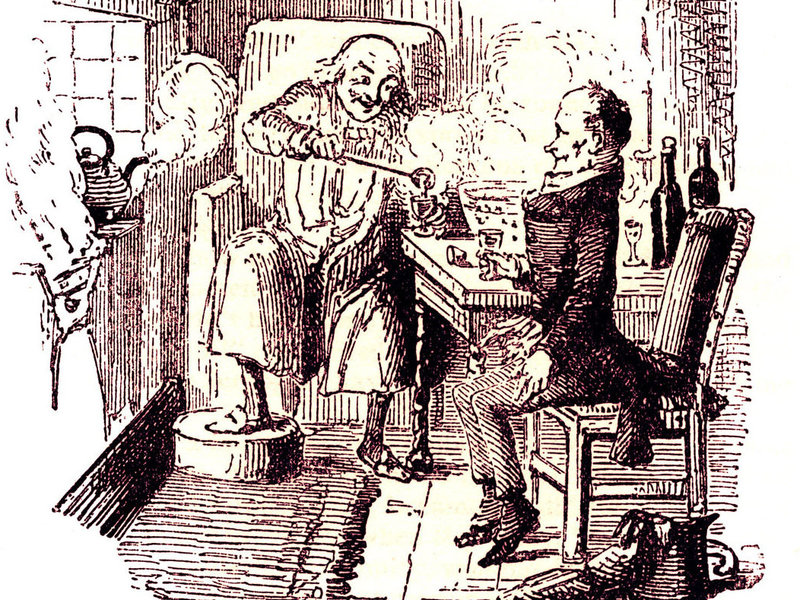
While today the drink is simply known as ‘mulled wine,’ I do think it is possible that Dickens kept the tradition alive and well for us to enjoy.
Make your own mulled wine
Serving mulled wine at a holiday get together, including a Halloween party, is sure to be something your guests won’t forget. It is unexpected, especially in America, and will keep everyone warm as they sip from a warm glass. I suggest preparing the drink in a slow cooker and cutting out the common step of pouring it through a sieve by simply serving it with a ladle and enjoying it how it is. Here is a great recipe I found by BBC GoodFood (leave it to the English, of course!):
Remember: don’t ever bring it to a boil — you want to enjoy all of the be merry goodness!
Ingredients:
- 2 x 750ml bottles red wine
- 100ml Cointreau
- peeled zest and juice of 2 large oranges
- pared zest of 1 lemon
- 120g golden caster sugar
- 2 cinnamon sticks
- 3 star anise
- 4 cloves
- slices of orange
Put all the ingredients (except the slices of orange) in a slow cooker on low for 1 1/2 – 2hrs until hot. Ladle into heatproof glasses and serve with slices of orange. Using the ‘keep warm’ setting (if your cooker has one) will ensure the mulled wine stays hot during the party.
Do you have a favorite way to prepare mulled wine or a favorite mulled wine story?
You may also like:
10 ideas for a virtual Halloween party



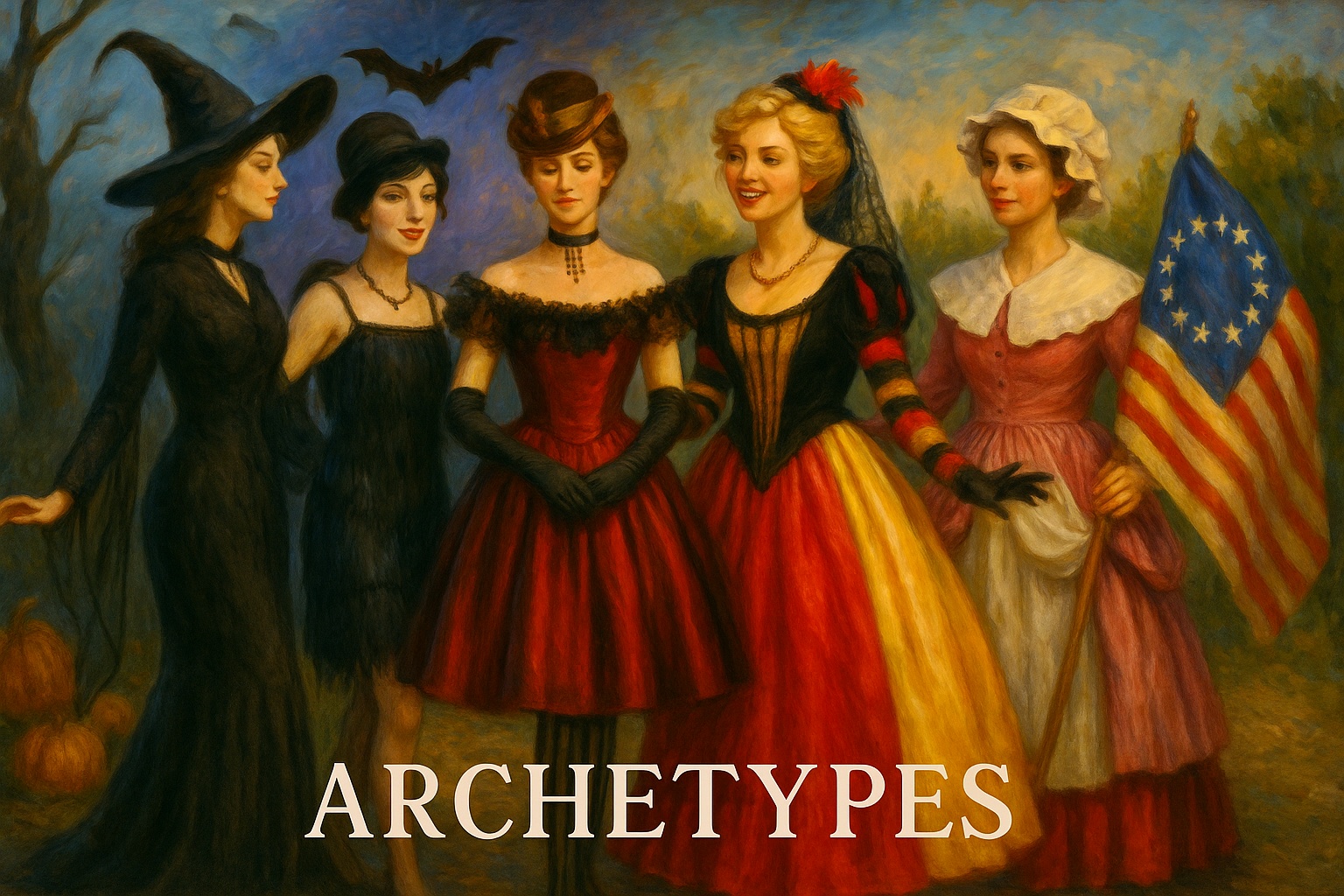



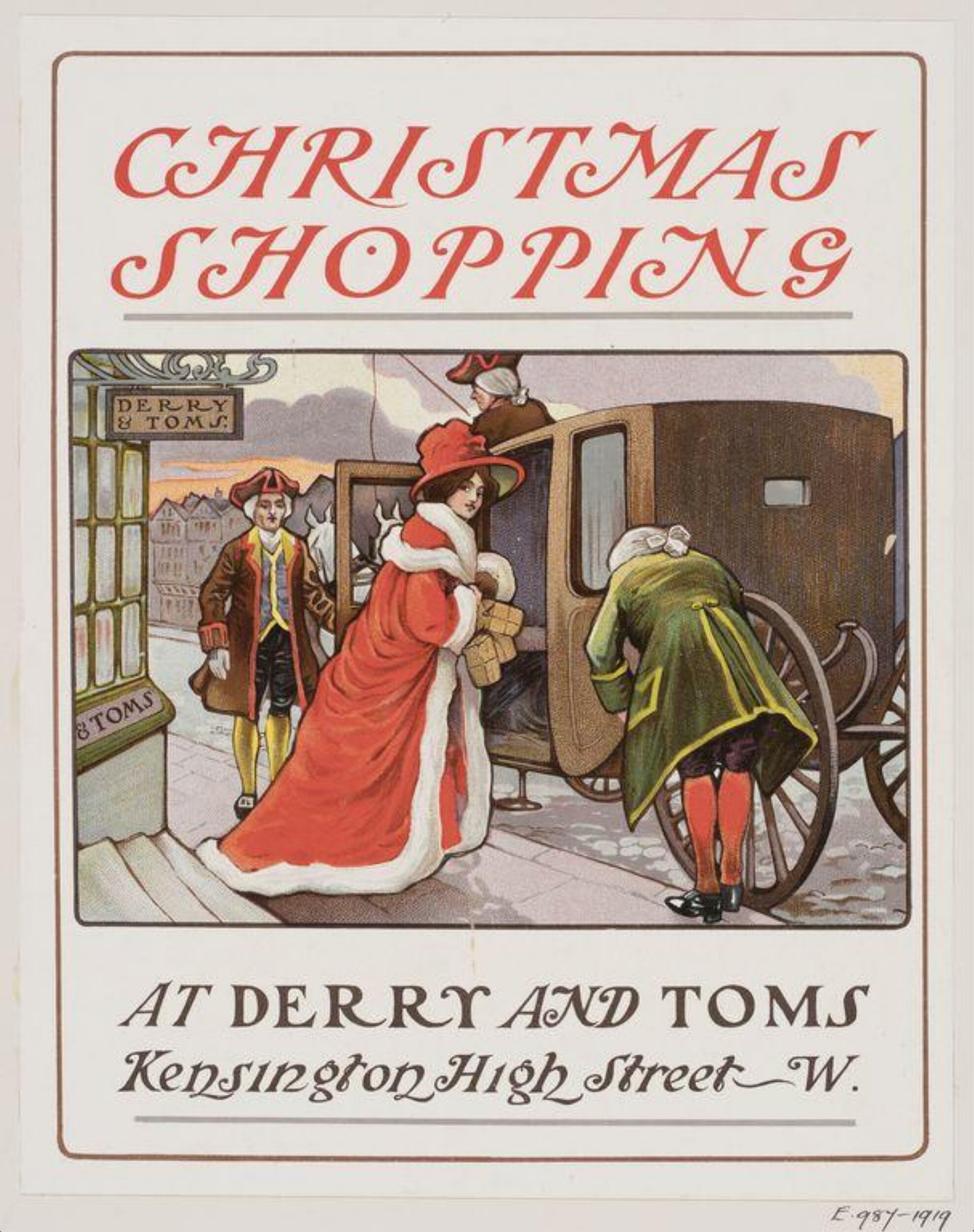
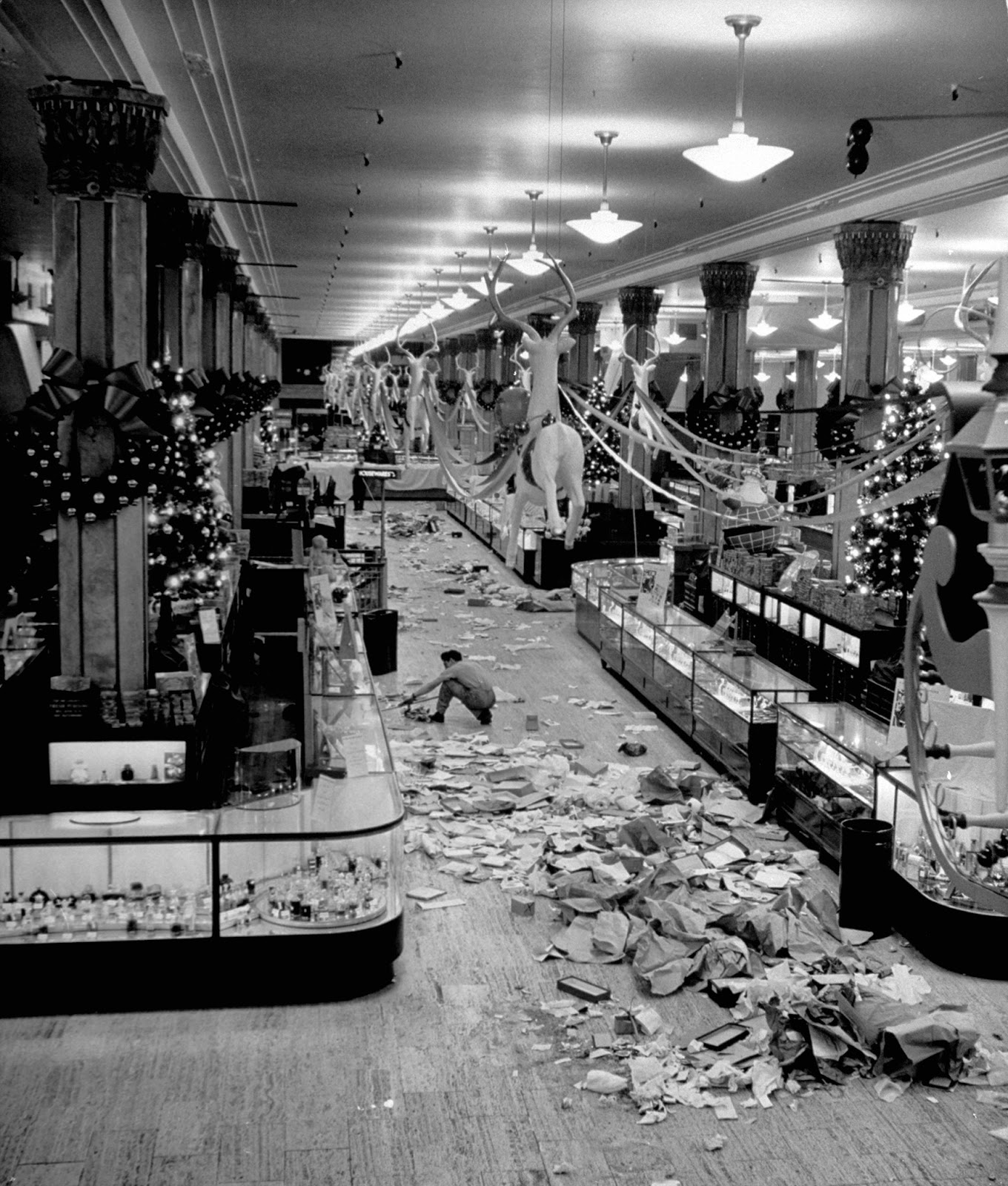
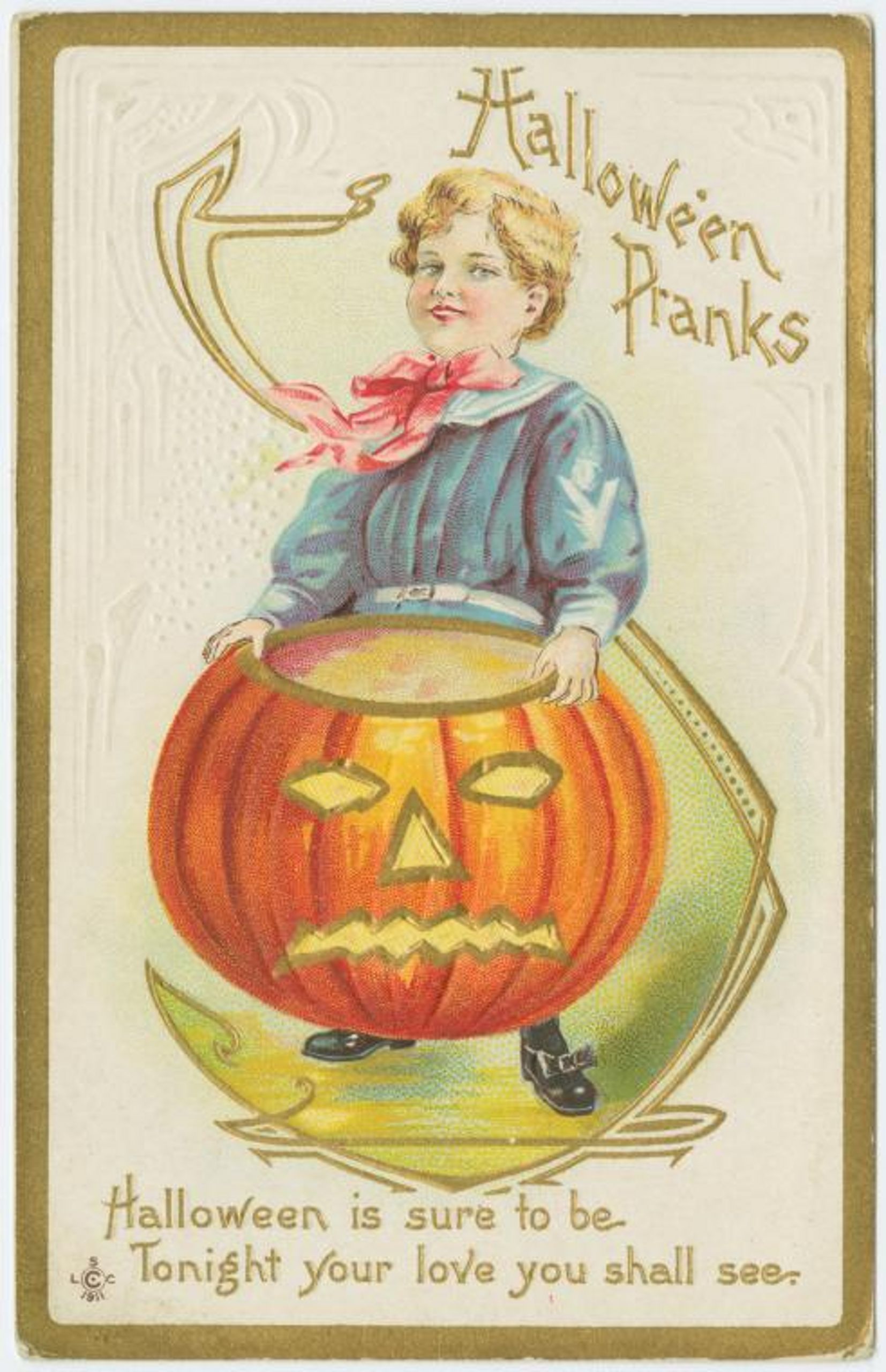
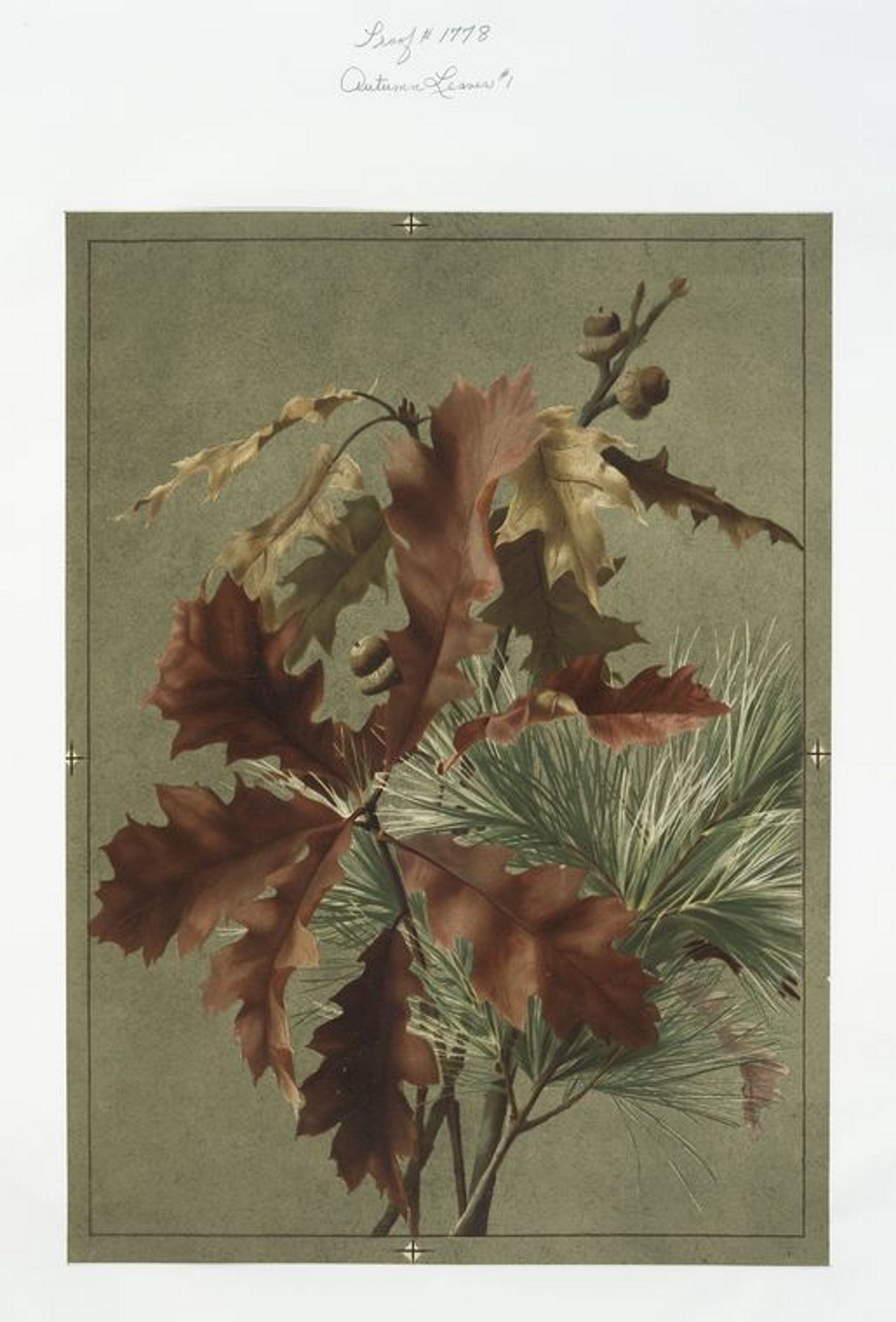
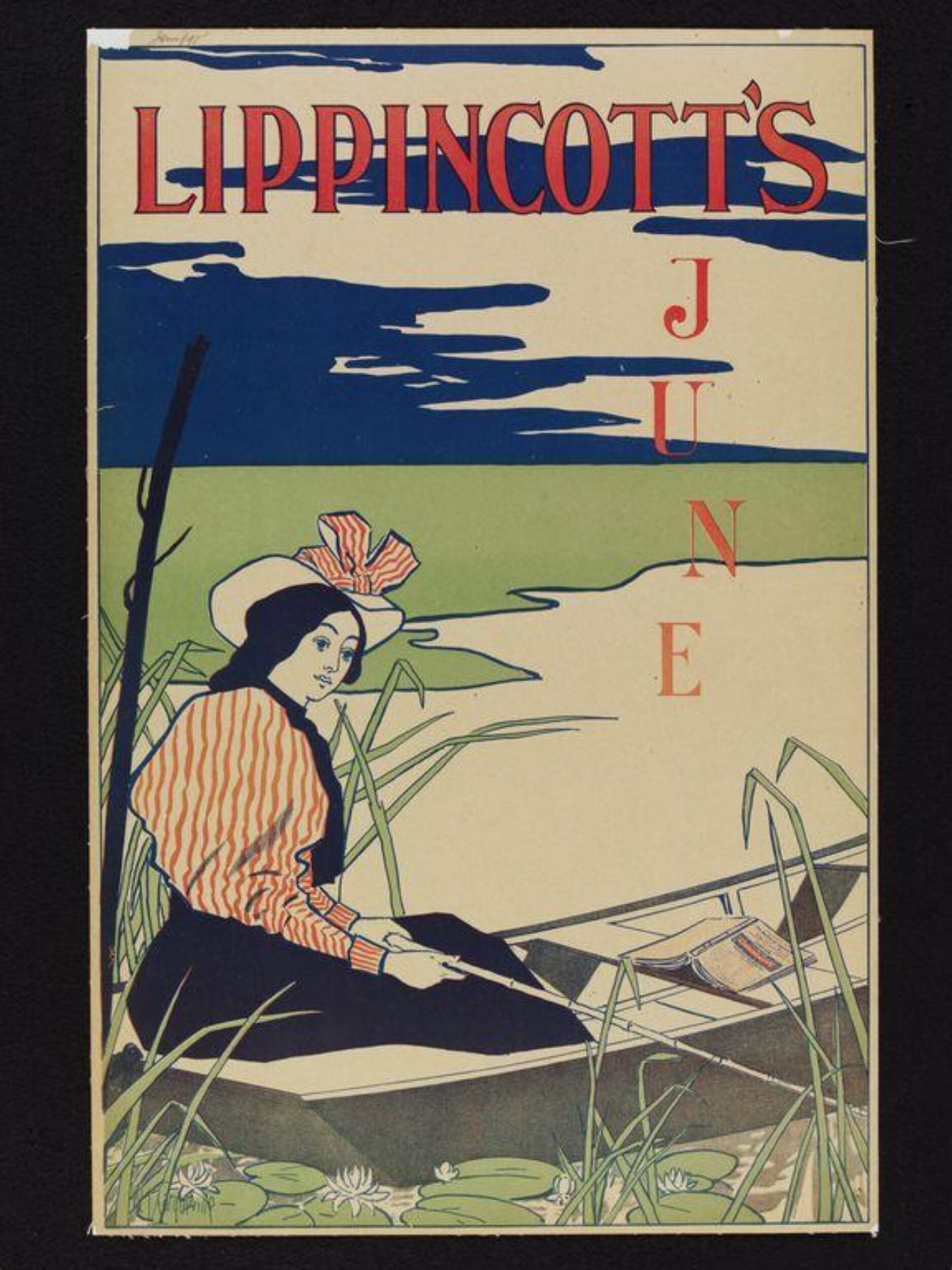
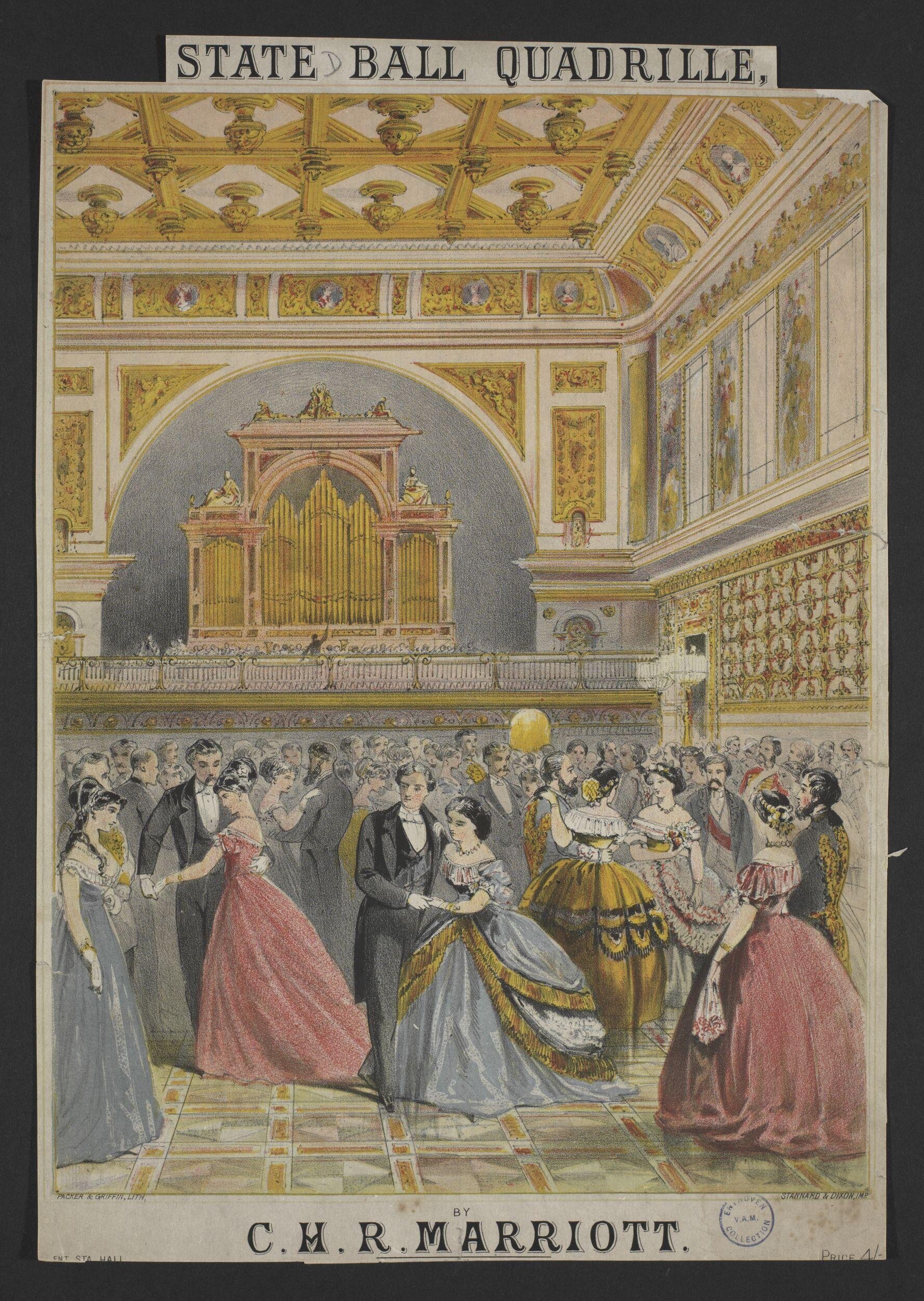
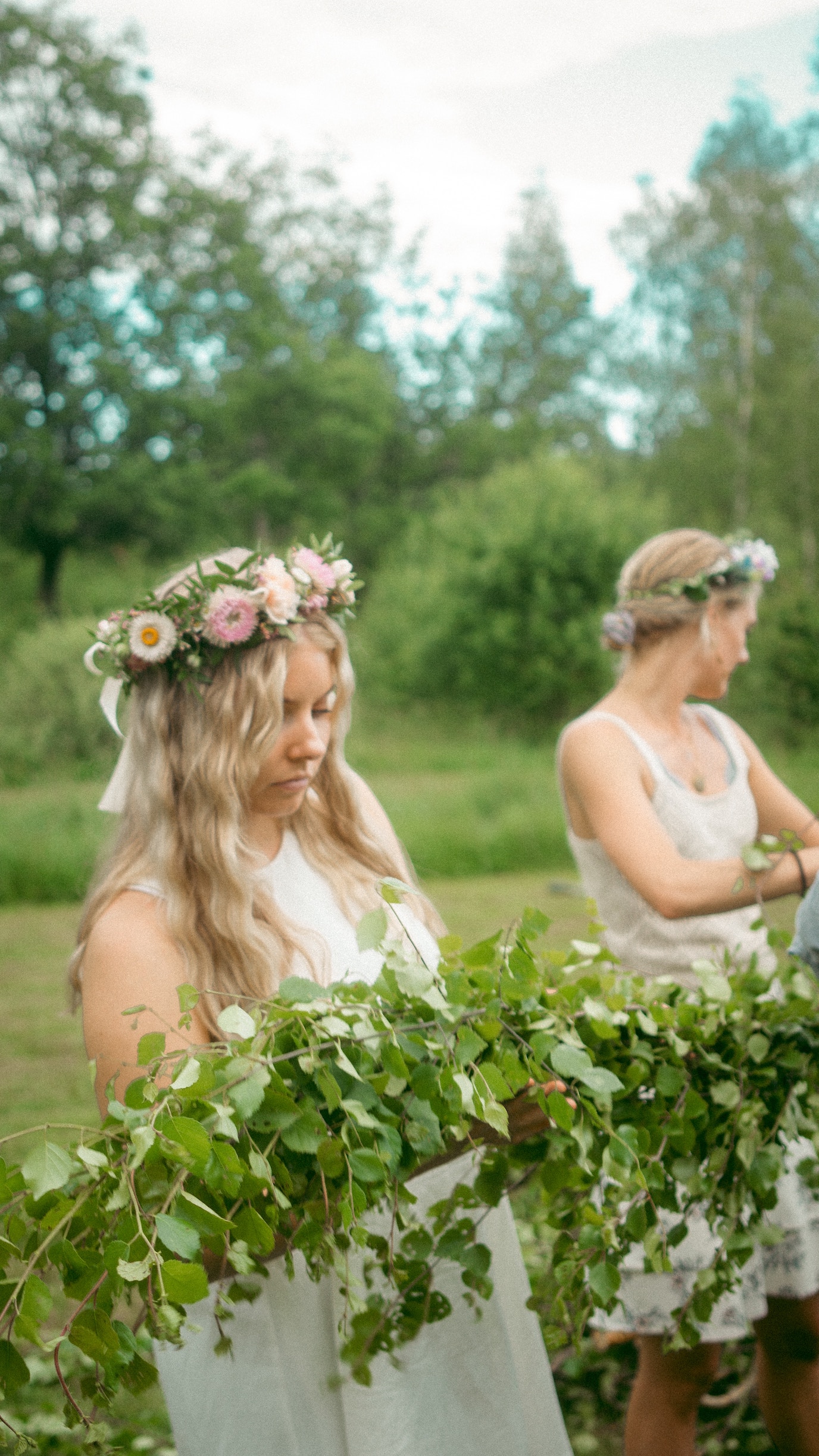
Thank you!